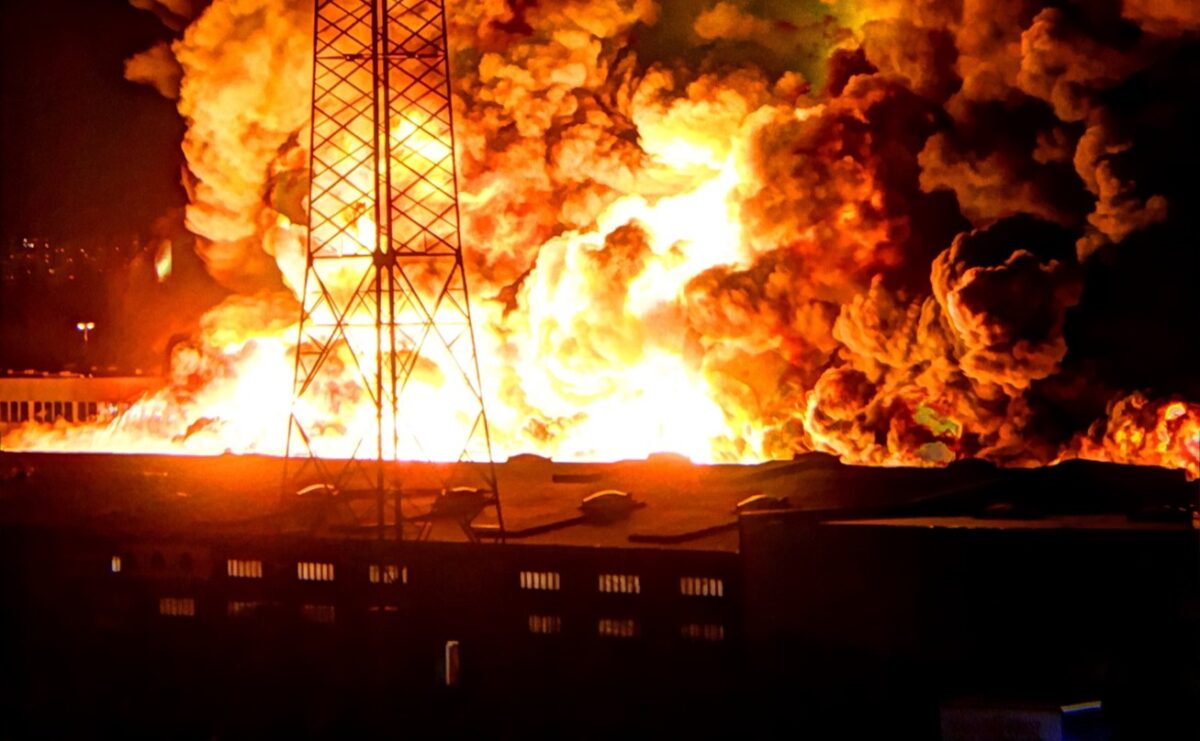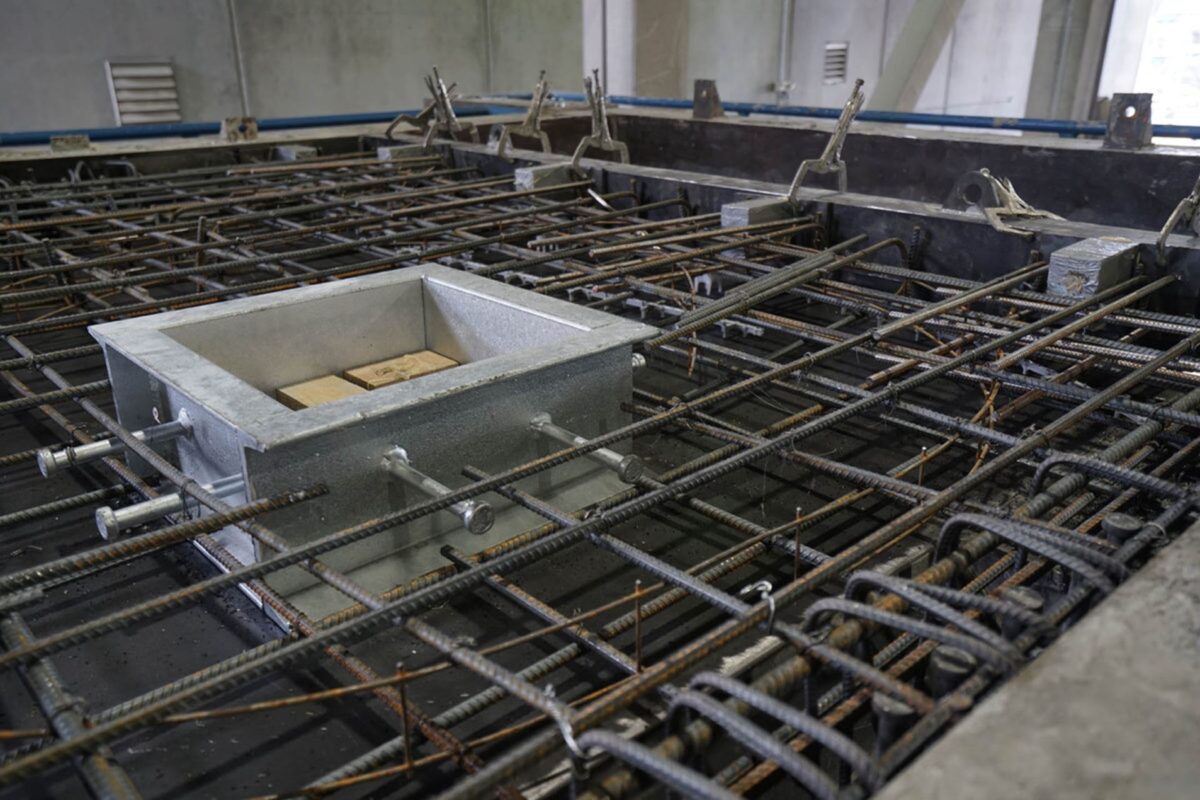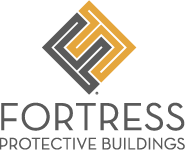A Multi-Hazard Resistant Building | The Future of Protection
How FORTRESS protects people & equipment through multi-hazard resistant building design
Modern industrial facilities and worksites are potentially vulnerable to a variety of dangers. Toxic leaks, explosions, and industrial fires are just a few examples of the hazards that protective buildings and shelters must defend against to protect both personnel and vital facility equipment.
When installing a new protective building for your employees, you should choose a multi-hazard resistant building (MRB) that capably protects against not just one but multiple threats simultaneously. FORTRESS Protective Buildings fit that bill in more ways than one.

The reality of worksite hazards
Most protective buildings are designed to defend occupants and critical equipment against worksite hazards. However, worksite hazards are not always singular or isolated. In fact, worksite hazards and threats can exacerbate or affect one another, leading to highly dangerous situations that demand more versatile, comprehensive building design.
An industrial facility explosion, for example, may not just result in dangerous blast loads that can pose threats to personnel and equipment. Such an explosion often also leads to a serious fire. That fire might then burn industrial materials and create toxic offgas. A protective building that only defends against blast loads would not be enough to keep facility workers safe in such a scenario.
Multi-hazard-resistant design explained
The most effective protective shelters and buildings utilize multi-hazard-resistant designs. Multi-hazard-resistant design uses defensive construction and material approaches to offer resilience against several hazards at once. Potential threats are typically determined through a facility siting study or multi-hazard risk assessment, which identifies and addresses site-specific risks.
MRBs are the ideal defensive solutions for worksite blast resistance and overall protection in a multi-hazard environment. They offer personnel protection, peace of mind, and additional security, and though they provide a superb level of protection against a wide range of hazards, they are just as effective against singular threats as their more specialized protective counterparts.
In this way, multi-hazards-resistant design is often a cost-effective solution for facilities and industrial worksites. A single building can protect against several dangers by acting as a holistic defensive solution, negating the need for multiple installations. Multiple buildings increase the likelihood of a misalignment in integration, which could require costly changes in processes and/or operations later down the road.
The importance of multi-hazard-resistant design
Multi-hazard-resistant design is highly important because it allows protective buildings to keep personnel and equipment safe, even in high-risk environments with many potentially dangerous factors.
There are numerous historical cases in which multiple hazards combined or exacerbated each other for devastating effects. The Pemex Reynosa natural gas facility explosion on September 18, 2012 is one such example. In this incident, a flash fire sparked the emergency, which then led to an explosion and a jet fire. Ultimately, 26 people lost their lives.
Other natural disasters and hazardous events follow similar patterns. For example, a tornado or hurricane may cause damage to an electrical plant, which leads to a fire and toxic combustion offgas. A multi-hazard approach to facility design is the only way to ensure that protective buildings keep people safe from the range of threats they may be endangered by.

What makes a building a multi-hazard resistant building?
Buildings may only be MRBs if they are designed to protect against several potential threats, not just one. MRBs are characterized by several key attributes.
Extensive testing
MRB manufacturers, such as FORTRESS, extensively test their structures against worksite hazards while keeping versatility in mind. In fact, FORTRESS Protective Buildings are tested at full scale multiple times using the same panels to determine their ability to withstand specific situations and hazards.
Versatility
Crucially, a multi-hazard-resistant design doesn’t sacrifice protection in one area to bolster defense in another. Well-designed MRBs offer comprehensive protection for facility workers and vital equipment against most potential worksite threats.
That’s why FORTRESS Protective Buildings are each made of 8-inch-thick reinforced concrete modules. These concrete modules offer simultaneous defense against thermal, blast, and fragment hazards. Concrete is inherently resistant to fire damage, for example, while FORTRESS’ reinforced concrete walls are specifically designed to be durable against industrial explosive loads.
That’s not all each FORTRESS MRB brings to the table. Each FORTRESS is designed for gas protection to keep occupants safe against toxic hazards and offer superior resilience to extreme weather hazards such as storm winds, debris, and flooding.
Site-specific defense
Each industrial facility is unique and faces different potential threats. That’s why FORTRESS’ reinforced concrete modules are available in customizable layouts, all offering the same high level of protection. Clients can pick and choose the FORTRESS layout that works best for their specific needs and security concerns, then benefit from fast turnaround time and turnkey delivery without compromising on hazard-resistant construction principles.

Secure your facility with FORTRESS multi-hazard resistant buildings
FORTRESS Protective Buildings are more than concrete shelters. They’re customizable, multi-hazard resistant buildings that offer consistent protection and turnkey readiness for any facility’s unique needs. You can get started or learn more by contacting FORTRESS today.

